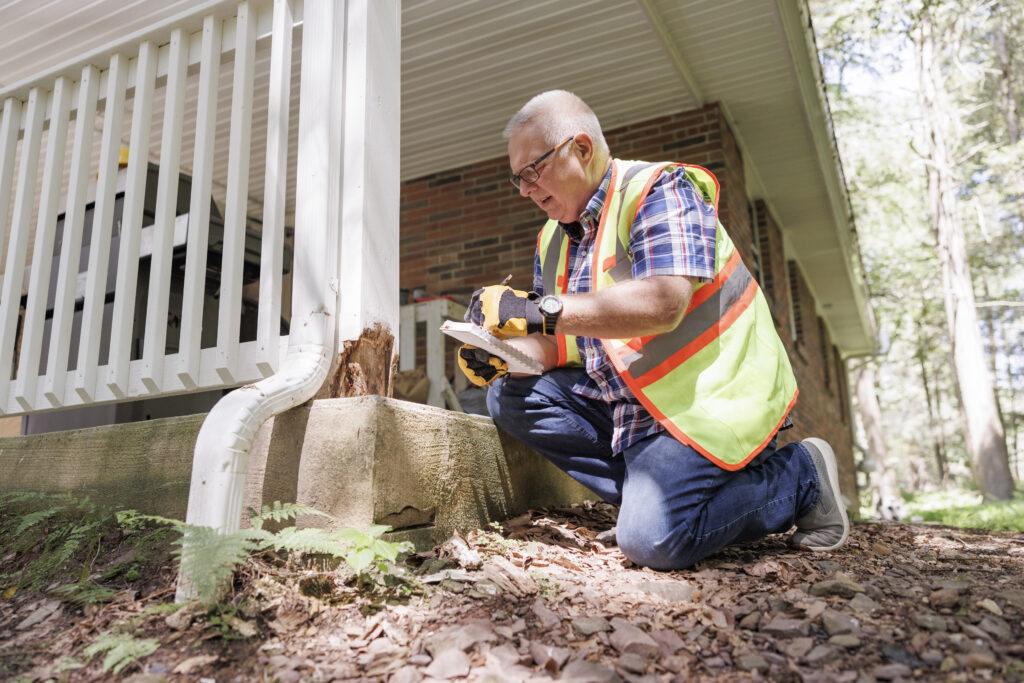
By Rachelle Wilber
The aftermath of a storm can leave homeowners facing the daunting task of making necessary repairs to ensure their homes are safe and comfortable again. In this article, we’ll provide some advice on how to assess and address various types of storm damage. From inspecting the roof to checking the foundation, each section covers the steps you can take to repair and even improve your home. By investing in more durable materials and modern solutions, these efforts not only restore your home but also fortify it for future weather events. Whether you prefer DIY projects or professional help, there are options to suit every homeowner’s needs.
Assessing Roof Damage
After a storm, inspecting your roof is one of the first tasks to undertake. Missing shingles, holes, or any other visible damage might cause leaks or structural instability. While repairing, you might want to consider upgrading to more durable materials like metal roofing or impact-resistant shingles. These materials can provide better protection against future storms and could even lower your insurance premiums. Additionally, as you repair this might be the perfect time to change a few things about your home. You may consider calling professionals, like Olson Solar Energy, to help you install solar panels, redoing your attic insulation, or even think about adding a skylight.
Inspecting Windows and Doors
Windows and doors can take a significant hit during a storm, leading to cracks, broken glass, or even frame damage. Replacing damaged components is important to maintain your home’s insulation and security. When replacing windows, consider energy-efficient options that can help reduce your energy bills. Similarly, upgrading doors to those with better storm resistance can offer increased safety and improved aesthetics. Always look for impact-resistant glass and sturdy materials as these upgrades will benefit your home in the long run.
Checking the Foundation
The foundation of your home might sustain damage from heavy rains and flooding. Look for cracks, water stains, or any signs of shifting. Repairing foundation damage promptly can prevent further structural issues. While focusing on repairs, it might be beneficial to invest in an updated drainage system around your home to divert water away from the foundation. This preventative measure will help safeguard against future flooding and water damage.
Repairing Siding and Exterior Walls
Siding can be severely impacted by high winds and flying debris during a storm. You’ll want to check for any missing or damaged sections, as well as any moisture intrusion. When replacing siding, consider new options like fiber cement or vinyl, which offer improved durability and a variety of aesthetic choices. Updating the siding strengthens the exterior and can improve your home’s insulation. Additionally, insulated siding can contribute to lower energy costs by providing better temperature regulation.
Examining the Attic and Insulation
Storms can wreak havoc on your attic, especially if the roof was compromised. Inspect the attic for signs of leaks, mold, or any damage to the insulation. Replacing damaged insulation can improve your home’s energy efficiency and air quality. When making repairs in the attic, consider installing better insulation materials that offer higher R-values. This upgrade can help maintain your home’s temperature, making it more comfortable and potentially reducing heating and cooling costs.
Repairing your home after a damaging storm might seem overwhelming, but breaking down the tasks and addressing them one step at a time makes the process manageable. Always start with a thorough assessment and address the most urgent problems first, such as roof damage or foundation issues. Investing in durable materials and modern solutions like energy-efficient windows or better insulation can benefit your home for years to come. While some repairs can be DIY projects, remember that collaborating with professionals, like those at Maynor Roofing, Siding and Home Repair Company, can ensure the job is done safely and efficiently. They bring expertise and tools to tackle challenging repairs, from installing impact-resistant shingles to upgrading your siding. Caring for your home after a storm not only restores its integrity but also reinforces it against future weather challenges.
Rachelle Wilber is a freelance writer living in the San Diego, California area. She graduated from San Diego State University with her Bachelor’s Degree in Journalism and Media Studies. She tries to find an interest in all topics and themes, which prompts her writing. When she isn’t on her porch writing in the sun, you can find her shopping, at the beach, or at the gym. Follow her on twitter: @RachelleWilber



